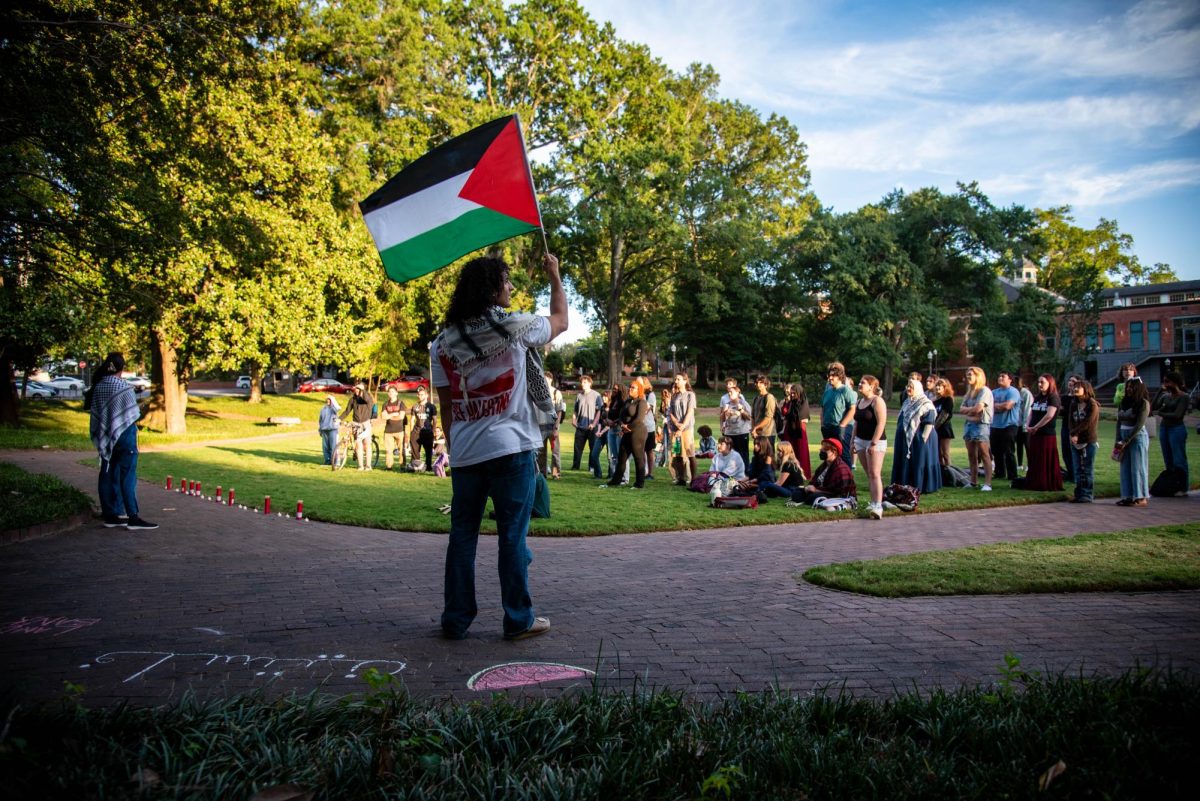The island of Carriacou holds artifacts just waiting to be discovered. This summer, about 14 students will travel to the Caribbean island to participate in an ongoing archaeological excavation. The students will work on a site in the Grand Bay area that has previously unearthed everything from pottery sherds to stone tools and even human burials. The Grand Bay site is estimated to be about 1,600 years old.
Scott Fitzpatrick, professor of anthropology and one of the three leaders of the Carriacou Archaeology program, said he has been working with the program for years.
“[The program] provides a wonderful opportunity for undergraduate students to get hands-on experience in the archaeological field,” he said. “We have found evidence that this society was trading with South America at the time, which makes the island an interesting nexus with the other islands.”
Not only will students participating in this dig learn about excavation, but they will also receive a cross-cultural experience, he said.
According to Fitzpatrick, the students will have a chance to interact with natives of the island in their hometown, and they will also be in close contact with students from the Institute of Archaeology in London. This places the count at 25 to 30 undergraduates working alongside one another for a month, uncovering artifacts from a civilization that has been long gone from Grenada for more than one thousand years.
Fitzpatrick is joined by Quetta Kaye of the Institute of Archaeology, University College London, and Michiel Kappers of the In-Terris Site Technics, Netherlands. Together, these three archaeologists have led the project in the past, uncovering thousands of artifacts that have given clues to the people of Carriacou concerning their history. Graduate students from across the United States join the team as well, willing to give their knowledge as well as learn from the archaeologists.
In a typical day, Fitzpatrick said the students and archaeologists will arrive at the site around 6 a.m. and work until noon, since the Caribbean sun gets too hot in the afternoon for working conditions. Students have in the past uncovered many different remnants of the past civilization, most of which consists of pottery sherds, of which they have found about 250,000 pieces.
He said the site is located on a midden, an accumulation of trash or in this case, shellfish, so much of what is found is indicative of the past inhabitant’s diet. Besides pottery sherds and shellfish remains, the team often uncover various religious artifacts such as spatulas to induce vomiting (thought to be a spiritual process) and ceramic body stamps (to adorn the bodies that have been buried). About 20 burials have been exhumed at the Carriacou site and have been taken for analysis.
After six hours of excavating, Fitzpatrick said the students take a two hour break for lunch, and then complete lab work from 2 p.m. until 5 p.m. in the afternoon. Students have nights and weekends free, and often choose to mingle with the local population for a change of pace. The island holds only about 5,000 inhabitants, most of whom speak English, and the island is for the most part undisturbed by tourists.
According to Fitzpatrick, the Carriacou archaeology trip is for those who seek to learn more about human history and have a general interest in archaeology, or who are interested in learning about a culture and desire new traveling experiences.




